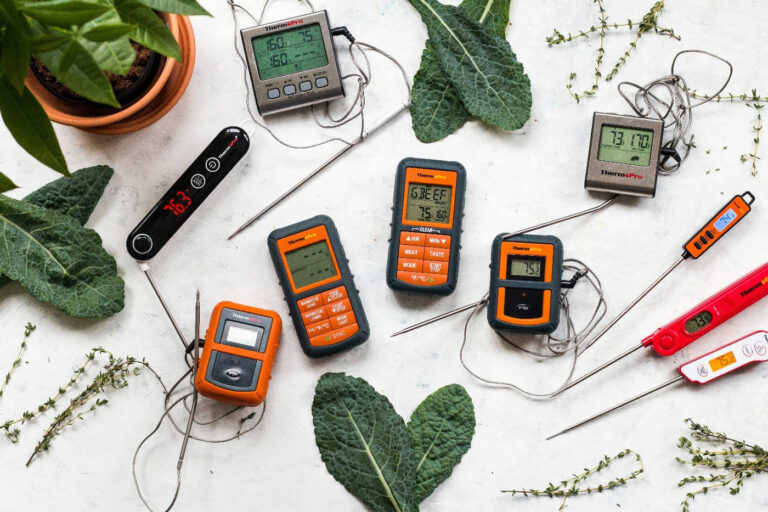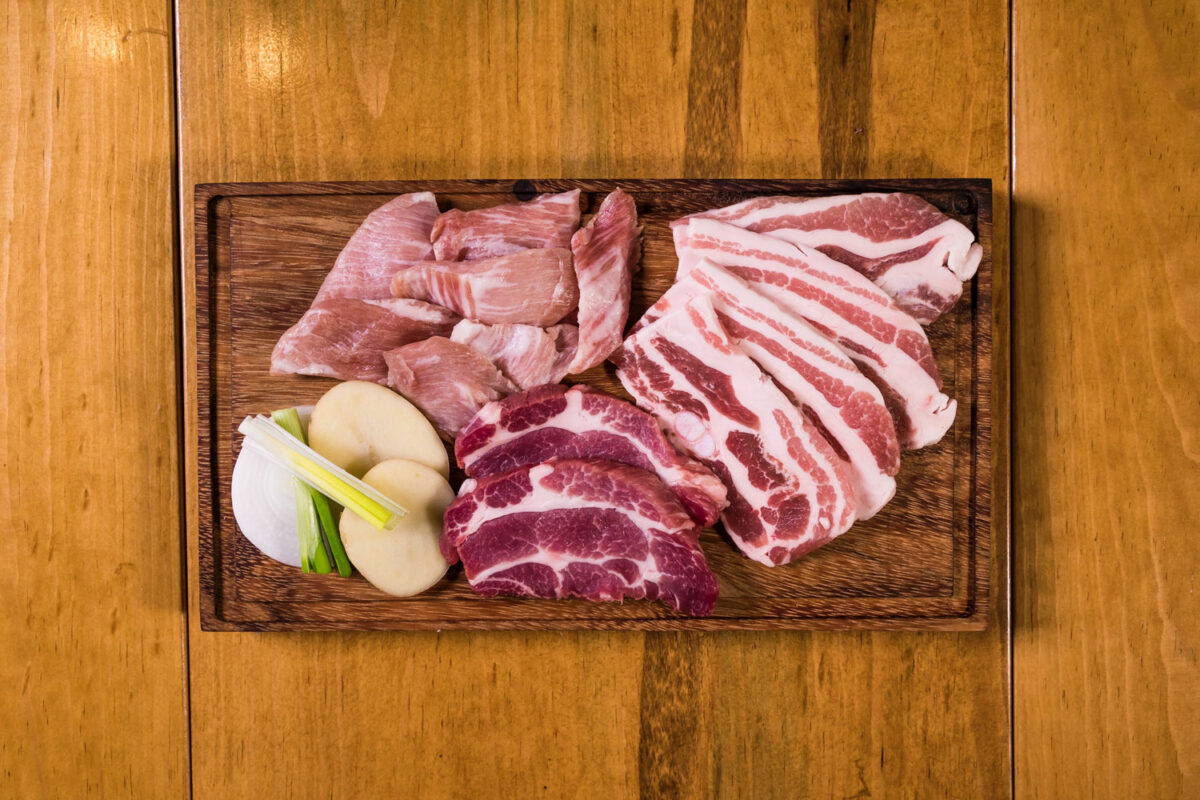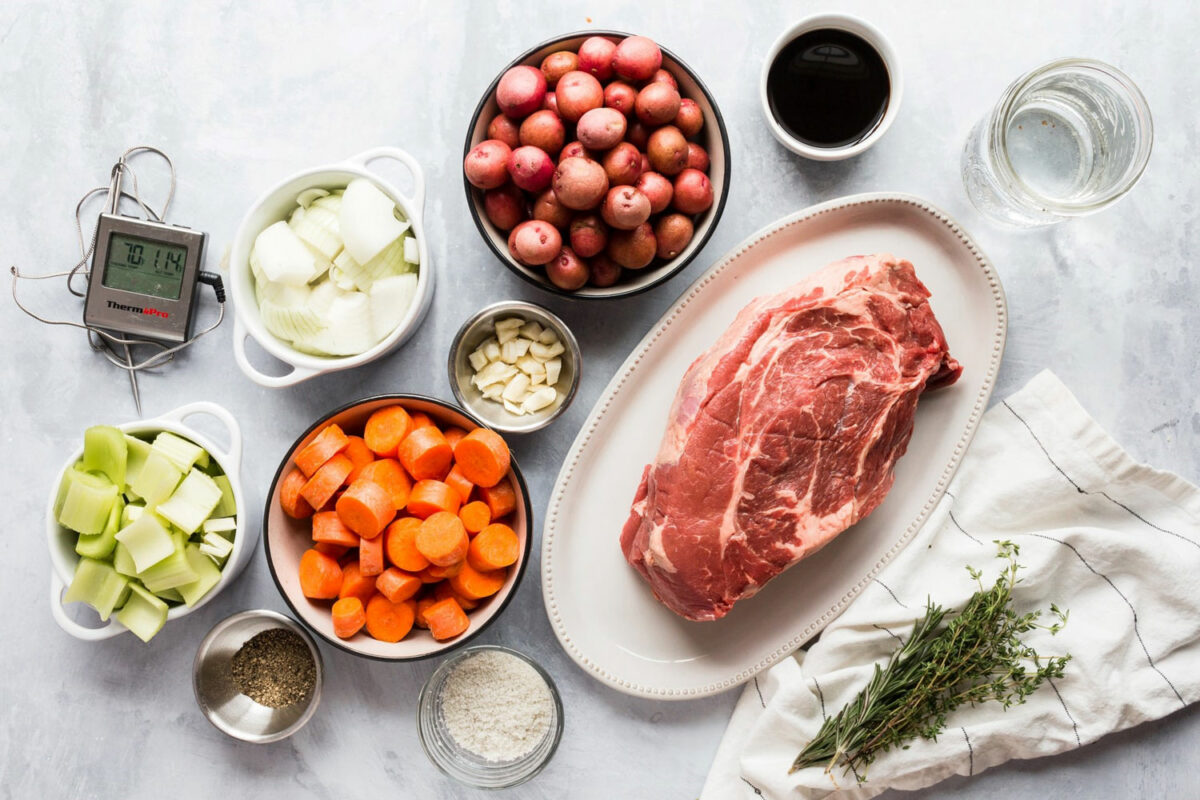
Best Meat Thermometers for Grilling and Smoking in 2021
A real grill master knows that it is important to use a good quality meat thermometer when grilling and smoking
Come in all shapes and sizes and as you already know, in addition to safeguarding your health, they also improve the flavor profile of your food. As of now, we can broadly categorize them into three major types, namely:
These are the first and probably the most basic types of a meat thermometer. They respond reasonably well. However, they are still not as fast as your thermocouple. You can insert a digital thermometer right inside the meat for taking the right measurement. Since they are extremely affordable and easy to operate, several individuals prefer getting them. With that said, do note that you cannot leave the thermometers in your pan/pot/cooking vessel while you are cooking.
This is one of the best and the most viable options when it comes to meat thermometers. Not only are they sleek, but they are also extremely fast. Thermocouples are extremely thin, and you can easily insert them in both dense and tiny meat pieces. In fact, putting these gadgets inside the meat is so simple that it will barely take you a few seconds. Almost all of these devices can be inserted around 0.25 to 0.30 inches deep to assess the state of doneness.
The downside? Unlike digital thermometers, these are quite expensive. What’s more, they also aren’t suitable to be kept in the meat while it is still cooking in the vessel.
Affordable and easy to manage, you would want to use these thermometers to monitor both big and small chunks of meat. As evident from the name, monitoring will be faster and easier and in real-time, as you can access that in your Bluetooth-powered device. You can also leave this in the meat while the meat is still in your cooking vessel. Since it is Bluetooth-powered, you will have an idea about just the right moment to turn it off.

If you ever wondered how to use meat thermometers to measure meat temperature, you are not alone. So, in this section, we will clarify all your doubts and inform you all about the right temperature. Below, you will find the steps to using your meat thermometer correctly.
Before anything else, you need to test the device. You can do this by putting it in ice water and waiting for around 20 seconds until you get a reading. You will know that the thermometer is up and ready to be used when the display shows, or your Bluetooth device displays 32 degrees Fahrenheit. In case it doesn’t reach this temperature, you might have to recalibrate the device.
Once you’re done checking the temperature on the meat, read the number displayed on the device’s screen to understand the doneness of your meal. In case you are using an analog variant, check the small hand right at the dial of the screen. In case your food hasn’t achieved the required doneness, continue to cook it until it does.


A real grill master knows that it is important to use a good quality meat thermometer when grilling and smoking

Table of Contents When inserting a meat thermometer into uncooked meat, it seems practical that it should be cleaned before
Sign up to our newsletter to receive amazing discounts, and be notified of exclusive recipes, new product launches, promotions, and more!
You have successfully joined our newsletter. Use this coupon code to get 10% off your next order: newsletter10
Privacy Policy | Terms of Service | Warranty and Refund | EU Declaration of Conformity | Copyright © 2024 ThermoPro

We truly pride ourselves on a hassle-free, friendly customer support experience with a team that’s available 5 days a week from 8:00 am to 6:00 pm EST. Rest assured if you contact us by email, phone, or online chat, you’ll be speaking to a native speaker in your spoken language.
The customer service team is always listening, taking notes, and quantifying complaints to ensure our products are continually improved. Due to selling directly to you, the customer, via Amazon, we can use product reviews to help us improve our existing products or help further development of new products.


Our warranty coverage for our products is the backbone of our company and we’re capable of offering such a robust warranty is that we believe in our product quality due to our feedback based design philosophy and if anything does happen, we’ll stand behind our products. This also enables our customer support to team deliver continuously great experiences.